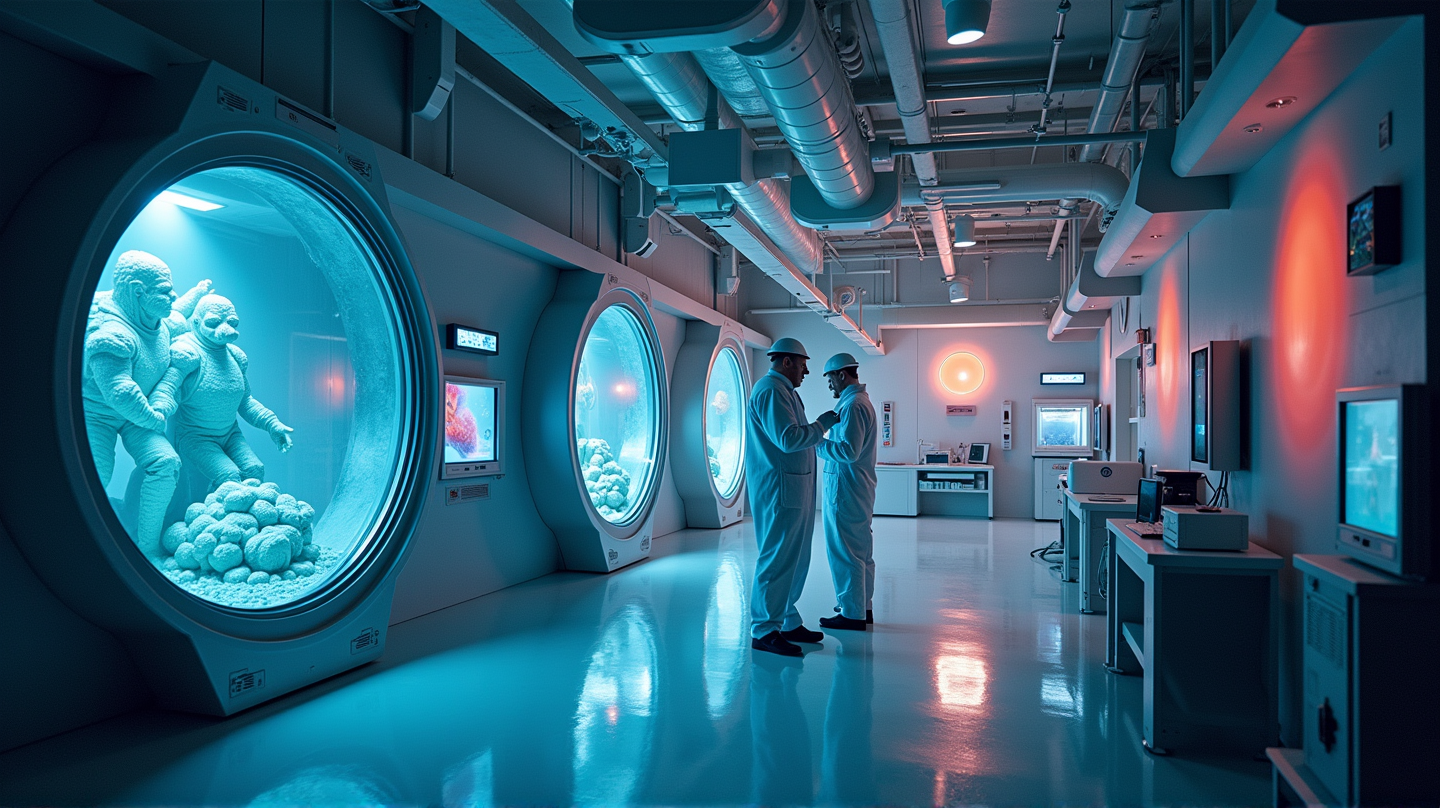Glasgow's Revolutionary Space Lab: A Leap Against Space Junk Threat
Explore Glasgow's novel lab combating space junk via advanced 3D printing in orbit, securing safer space missions.

The University of Glasgow has taken a groundbreaking step to eradicate the threat of space junk with the inauguration of the NextSpace Testrig, a facility striding ahead in space innovation. This pioneering lab recreates the harsh conditions of space in a basement setting, paving the way for safer and more sustainable space missions.
Meet the NextSpace Testrig
At the heart of this innovation is the NextSpace Testrig, a world-first facility designed to test the integrity of materials fabricated via 3D printing in orbit. Helmed by Dr. Gilles Bailet in collaboration with The Manufacturing Technology Centre, this state-of-the-art lab is bolstered by a £253,000 investment from the UK Space Agency.
Redefining Space Manufacturing
Imagine a future where objects aren’t merely transported to space but are instead crafted directly there. The NextSpace Testrig plays a crucial role in realizing this vision, offering a unique platform where polymers, metals, and ceramics meet the ultimate test of resilience. Researchers employ a vacuum chamber that simulates space temperatures between -150°C and +250°C, scrutinizing every material’s capability to withstand the extreme conditions space presents.
Tackling the Space Junk Menace
The lab’s mission extends beyond innovation; it addresses the growing menace of space debris. Space junk, often remnants from defunct satellites and past missions, poses a significant threat as these fragments orbit the Earth at high speeds, akin to rifle bullets. The facility aims to mitigate such risks by ensuring any 3D-printed components in space maintain unwavering structural integrity.
A Global Endeavor
The NextSpace Testrig stands open to researchers and commercial entities worldwide. With its autonomous testing system capable of exerting force and temperature cycles mimicking those in orbit, it’s not just a tool but a beacon for the future of global space safety standards. As stated in DIGIT.FYI, the data amassed here could very well shape the regulations governing space manufacturing.
Transformational Impacts on UK Space Industry
This facility is a testament to the UK’s burgeoning prowess in space technology. The University of Glasgow’s role as a satellite manufacturing hub is further cemented by this new addition, promising to elevate the UK’s competitiveness on the international stage. Dr. Bailet envisions this tool as instrumental in crafting spacecraft capable of sustaining complex structural demands in space.
The journey to combat space junk begins here, as Glasgow’s NextSpace Testrig not only stands as a marvel of scientific advancement but as a lighthouse for safer, more sustainable space exploration.

